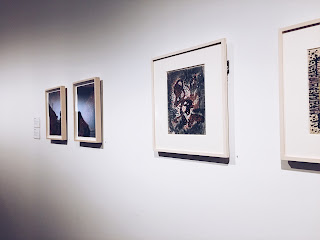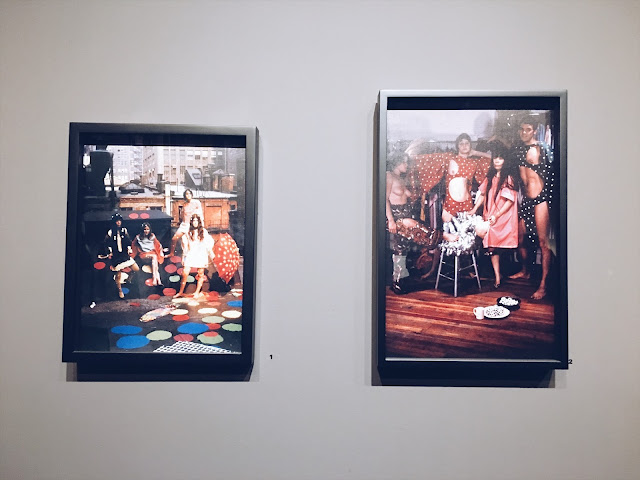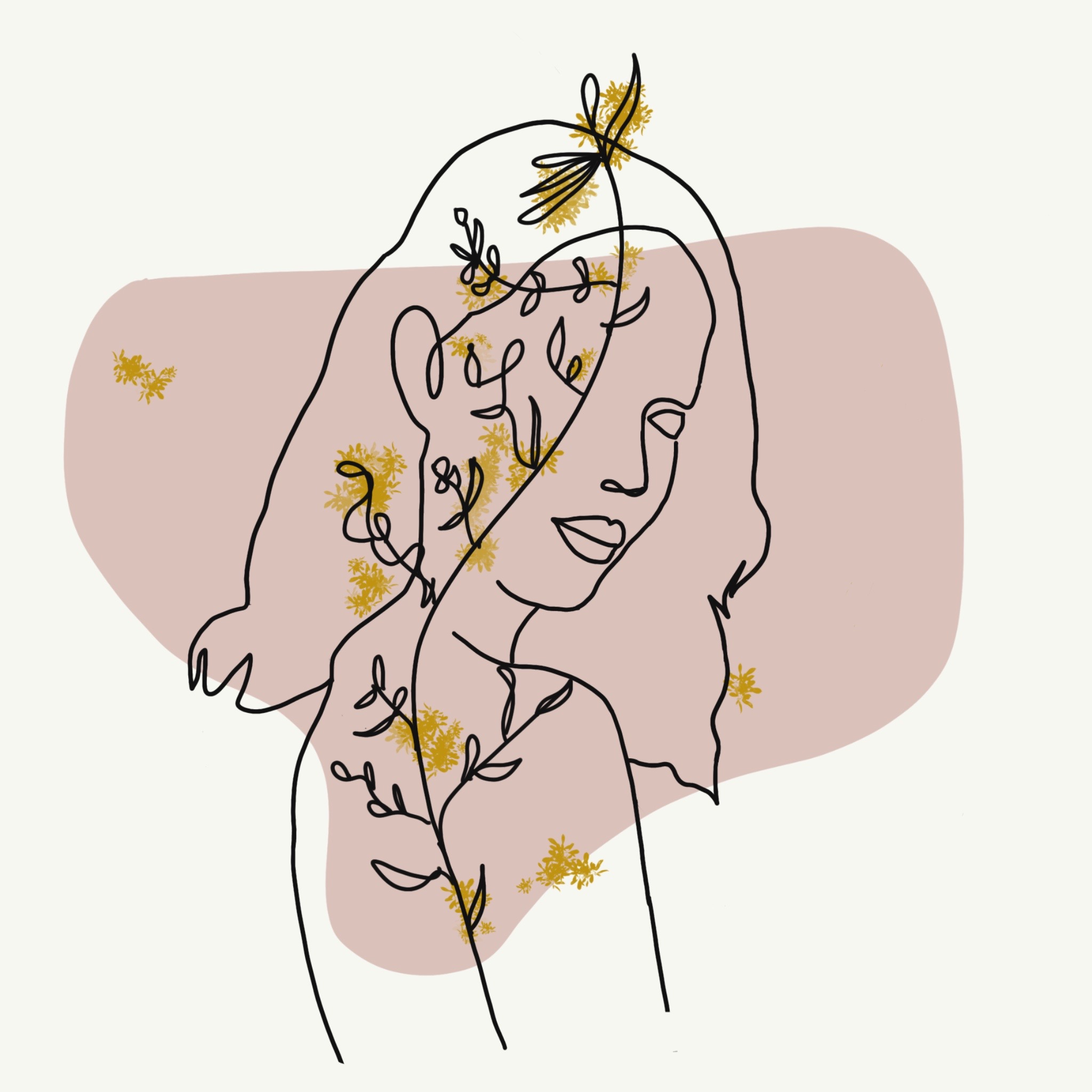Yayoi Kusama : Life is the Heart of a Rainbow | The Singapore Journal
"There is beauty and art in madness."
But perhaps for an artist like Yayoi Kusama, art and madness are never an identical activity.
That is my takeaway after that weekend visit at the National Gallery of Singapore. I am so enthralled to be able to witness a 7-decade worth of over 120 amazing works across media by one of the world's most influential artists. If you don't know who I am talking about, then here are some fast facts about Yayoi Kusama, who is considered as the Queen of Polka Dots:
- She is a Japanese avant-garde artist and writer who is now 88 years old. Her family strongly resisted her ambition to be an artist so she moved to the United States at the age of 27 with an invite from famed painter Georgia O'Keefee.
- Her hallucinations and obsessive thoughts started since she was a child; which she dealt through her art in different forms — painting, drawing, poetry, film, soft sculpture, collage and a wide variety of media.
- She began establishing her career through her series of "happenings" where participants were painted with brightly colored polka dots.
- In 1973, she went back to Japan in ill-health. Four years laters, she checked herself in to a Japanese mental health hospital due to her severe mental problems and lived there since then.
In all honesty, I didn't know about Yayoi Kusama until her exhibit in Singapore. I was attracted to her colorful artworks, so we decided to check it out which probably one of the best decisions I made last
month. Her iconic dots, nets, pumpkins and infinity rooms has captivated millions all over the world.
Yayoi Kusama: Life is the Heart of a Rainbow in Singapore is her first major exhibit in Southeast Asia. If you happened to miss it, then at least let these photos take you through her artistic journey across seven decades.
EARLY WORK AND INFINITY NETS (1950s)
Her early works were made in her home in Matsumoto, Japan which already featured her trademark repeated patterns.
In New York, her Infinity Nets paintings caused a sensation when first exhibited in 1959. Compose of small tight loops painted repeatedly over a plain ground, these works begun as monochromes but later included shifts in forms, technique, and use of colour.

PUMPKINS
The humble pumpkin is one of Kusama's most beloved motifs. The origin of her distinctive yellow-and-black colour schemes, these whimsical, bulbous forms appear regularly in her paintings, prints, sculptures, and installations. For her, the pumpkin represents comfort and security which was a major part of her diet as a child during World War II. She said that their "generous unpretentiousness" and "solid spiritual balance" appeal to her.
MIRRORS AND INFINITY
Kusama's infinity mirror rooms transform the repetition of her net and dot paintings into an immersive sensory experience. Ranging in format from small peep boxes to room-scale installations, these kaleidoscopic environments invite contemplation in an infinitely repeating, expanding space.
This is a video installation showing Kusama singing her own song about her experience dealing with depression. Taking its title from Kusama's acclaimed debut novel published in 1979, this work provides an insight into her worldview and drive to create art.
I wasn't able to take any photos or videos. The song was in Japanese with an English subs.
SOFT SCULPTURE
Part of the gallery features her soft sculptures covered in phallus-like shapes. Kusama has a sexual fear of the phallus that comes from a childhood experience. She said: "I was trying to fight against males-it was like my own art therapy".
Yayoi Kusama: Life is the Heart of a Rainbow in Singapore is her first major exhibit in Southeast Asia. If you happened to miss it, then at least let these photos take you through her artistic journey across seven decades.
EARLY WORK AND INFINITY NETS (1950s)
Her early works were made in her home in Matsumoto, Japan which already featured her trademark repeated patterns.
 |

|
|
|
|  |
Death of a Nerve (1976)
A 100-meter of dotted, stuffed fabric, reflects her deep anxiety and depression after returning to Japan from US. It seems her raw feelings were on display for the world to see. The year after this work, she admitted herself into a psychiatric hospital.
PUMPKINS
The humble pumpkin is one of Kusama's most beloved motifs. The origin of her distinctive yellow-and-black colour schemes, these whimsical, bulbous forms appear regularly in her paintings, prints, sculptures, and installations. For her, the pumpkin represents comfort and security which was a major part of her diet as a child during World War II. She said that their "generous unpretentiousness" and "solid spiritual balance" appeal to her.
The Spirit of the Pumpkins Descended into the Heavens (2017)
This work creates the illusion of a vast expanse of pumpkins stretching as far as the eye can see.
MIRRORS AND INFINITY
Kusama's infinity mirror rooms transform the repetition of her net and dot paintings into an immersive sensory experience. Ranging in format from small peep boxes to room-scale installations, these kaleidoscopic environments invite contemplation in an infinitely repeating, expanding space.
The labyrinthine Invisible Life with mirrors dotting the walls and ceilings.
Gleaming Lights of the Soul (2006)
SONG OF A MANHATTAN SUICIDE ADDICT (2010)
I wasn't able to take any photos or videos. The song was in Japanese with an English subs.
SOFT SCULPTURE
Part of the gallery features her soft sculptures covered in phallus-like shapes. Kusama has a sexual fear of the phallus that comes from a childhood experience. She said: "I was trying to fight against males-it was like my own art therapy".
|
|  |
Red Flower (1980)
Stuffed cotton work gloves, fabric
Another interesting part of the gallery features some explicit photos during her performances in New York. There is a fair warning before you can enter this part of the gallery. ()
I dare not post those photos as it might be a little bit disturbing to some.
WITH ALL MY LOVE FOR THE TULIPS, I PRAY FOREVER (2013-2017)
This is perhaps the most colourful installation in the gallery. The dot pattern covering the pure white tulips and surrounding room merges all the elements into a unified whole. This work mirrors her hallucinations she experiences at a young age. It also evokes her concept of self-obliteration.
LIFE IS THE HEART OF A RAINBOW (2017)
An epic series of paintings in large canvases depict the last few parts of the exhibit. Her series called My Eternal Soul in 2009 which aims to complete over 500 paintings. Filled with biomorphic shapes and decorative elements in a riot of bright colours.
NARCISSUS GARDEN (1966/2017)
Probably one of her most bizarre installation is the Narcissus Garden first exhibited in 1966. It says it was one of her boldest acts—installing 1,500 mass-produced reflective balls. She wanted to connect art with everyday life, thus freeing it from the confines of the wealthy elite. Dressed in a kimono and accompanied by a placard stating "YOUR NARCISSUM FOR SALE", she sold each silver ball for two dollars each to the passers-by during the 33rd Venice Biennale.
OBLITERATION ROOM
This installation invites visitors to get involved in the artwork of Kusama by sticking colorful dots all over the furnitures and walls of the white room.








































10 commentaires